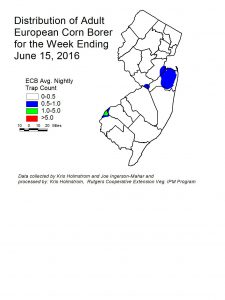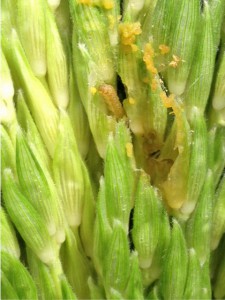There are several actions that growers can implement in their farms to help protect bees against exposure to pesticides. Here I list a few:
- Use insecticides only when needed. Cranberries growers are very proactive and practice integrated pest management (IPM). Using insecticides only when pest populations exceed an economic threshold will help reduce exposure of bees to these chemicals.
- Always consult with beekeepers. Growers need to communicate with their beekeepers on any insecticides being use during bloom.
- Avoid tank mixes. In particular, do not mix insecticides with fungicides. At this moment, the interactive effects of insecticides and fungicides on bees are largely unknown, particularly those used in cranberries. Future research is much needed. But, in the meantime, growers are encouraged to avoid mixing pesticides.
- Intrepid (methoxyfenozide) is an insecticide recommended for use during bloom in cranberries against lepidopteran pests. This insecticide, an insect growth regulator (IGR), has very low toxicity on bees and, as far as I know, there is no conclusive data showing the opposite. As indicated above, Intrepid should be used only if needed, i.e., applied only to areas that exceed an economic threshold.
- It is worth noting that not all IGRs are equal and some IGRs like Intrepid have not been linked to any adverse effects on bees.



